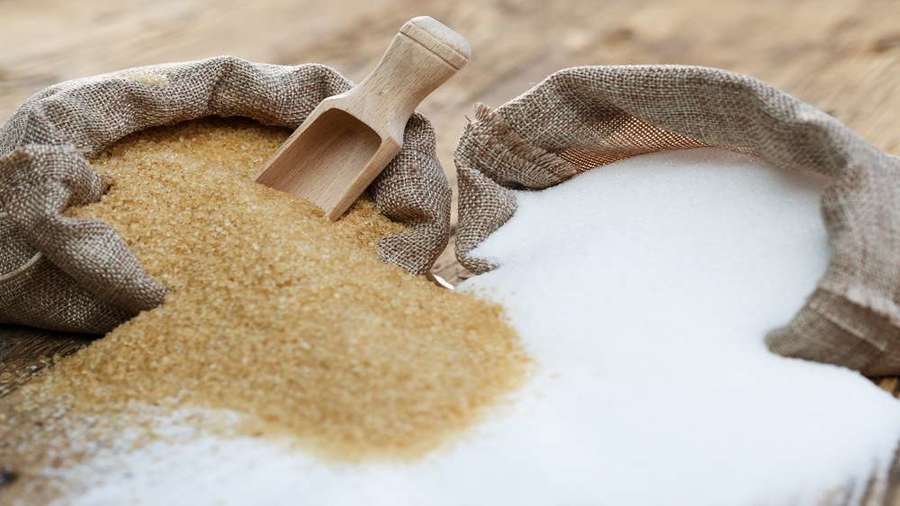KENYA – Kenya’s sugar imports in the first five months of the year climbed up 112 percent hitting 172,213 tonnes compared with the same period of the prior year on the back of persistent decline in local production.
According to data from the Sugar Directorate, imports of the sweetener between January and May were 80,596 in 2018, representing an increase of more than double.
“Overall sugar imports in January – May 2019 totalled 172,213 tonnes against 80,596 tonnes in the same period last year in what is attributed to depressed table sugar imports in 2018,” says the directorate.
Local sugar production declined by 7 percent in the review period compared to last year following poor performance of the major sugar producing companies; Nzoia, Chemelil and Sony Sugar.
Low production locally has impacted on the ex-factory sugar price, which according to a report by Business Daily, closed at US$46.32 (Sh4,632) at the end of May from a low of US$38.68 (Sh3,868) at the beginning of the year.
“The 16 percent increase in May as compared with the previous months is an indication that the sugar market is recovering from a period of depressed prices caused by presence of cheap sugar import.” the report notes.
Despite the increase in imports, total sugar sales in the review period tripped by 5% to 208,848 tonnes compared with 220,291 tonnes sold in the same period last year.
Total sugar closing stock held by all the sugar factories at the end of May 2019 was 9,743 tonnes against 19,000 tonnes in May 2018.
The declining local production has also exerted pressure on consumer prices which have notably increased by about 12% across most retail shops in the last two months.
As the country continues to rely on imports to plug the deficit, Kenya recently agreed to increase sugar imports from Uganda from 36,000 tonnes to 90,000 tonnes per year.
Kenya’s sugar production has been dwindling now for years, forcing the country to resolve to imports from and outside the East Africa bloc into the wider Common Market for Eastern and Southern Africa (COMESA) region as well as international markets such as Brazil.
Some of the factors the industry is grappling with include limited supplies of cane, which has led to the mills operating below 50 per cent of their installed crushing capacity.











